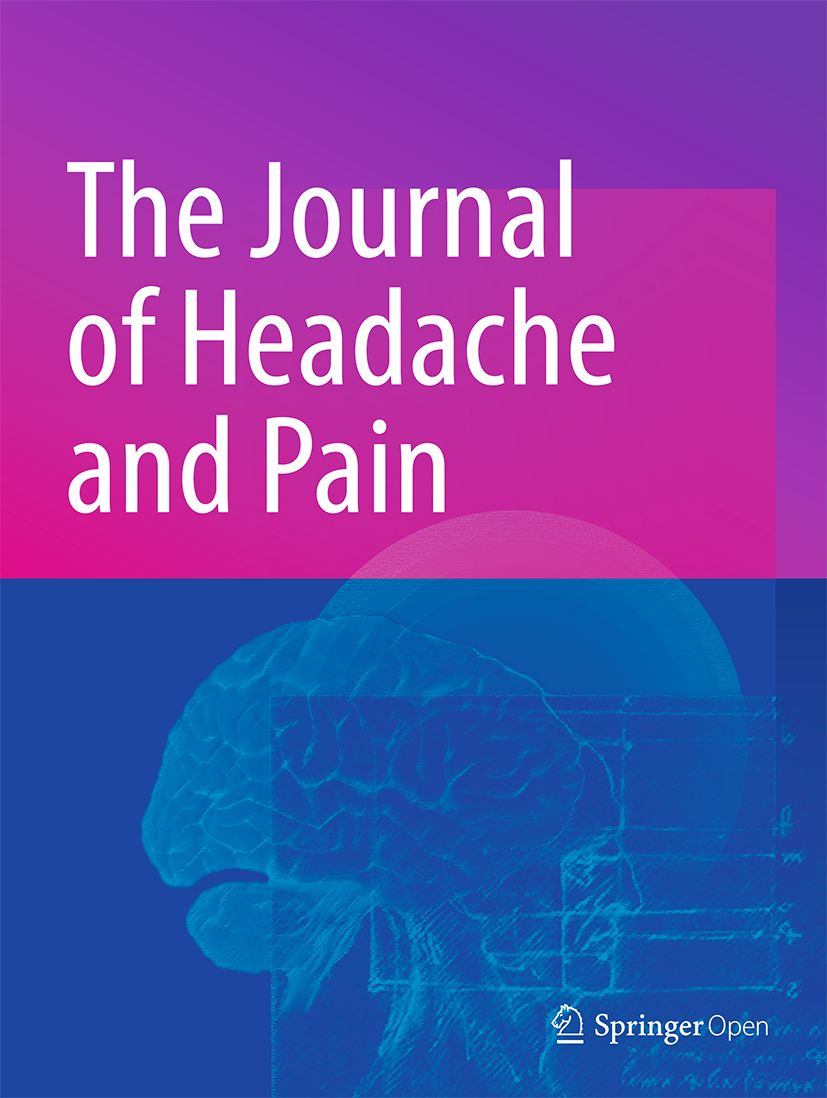
“The endoplasmic reticulum (ER) fulfills essential duties in cell physiology, and impairment of this organelle’s functions is associated with a wide number of metabolic diseases. When ER stress is generated in the adipose tissue, it is observed that the metabolism and energy homeostasis of the adipocytes are altered, leading to obesity-associated metabolic disorders such as type 2 diabetes (T2D).
In the present work, we aimed to evaluate the protective effects of Δ9-tetrahydrocannabivarin (THCV, a cannabinoid compound isolated from Cannabis sativa L.) against ER stress in adipose-derived mesenchymal stem cells.
Our results show that pre-treatment with THCV prevents the subcellular alteration of cell components such as nuclei, F-actin, or mitochondria distribution, and restores cell migration, cell proliferation and colony-forming capacity upon ER stress. In addition, THCV partially reverts the effects that ER stress induces regarding the activation of apoptosis and the altered anti- and pro-inflammatory cytokine profile.
This indicates the protective characteristics of this cannabinoid compound in the adipose tissue. Most importantly, our data demonstrate that THCV decreases the expression of genes involved in the unfolded protein response (UPR) pathway, which were upregulated upon induction of ER stress.
Altogether, our study shows that the cannabinoid THCV is a promising compound that counters the harmful effects triggered by ER stress in the adipose tissue. This work paves the way for the development of new therapeutic means based on THCV and its regenerative properties to create a favorable environment for the development of healthy mature adipocyte tissue and to reduce the incidence and clinical outcome of metabolic diseases such as diabetes.”
https://pubmed.ncbi.nlm.nih.gov/37108282/
“Considering that nowadays there is still a need for metabolic disorder (including obesity) prevention and the enhancement of regenerative outcomes of autologous stem cells, the potential use of the natural plant compound THCV, which is non-psychotropic, could be an effective and economical way to cope with those obstacles.”








